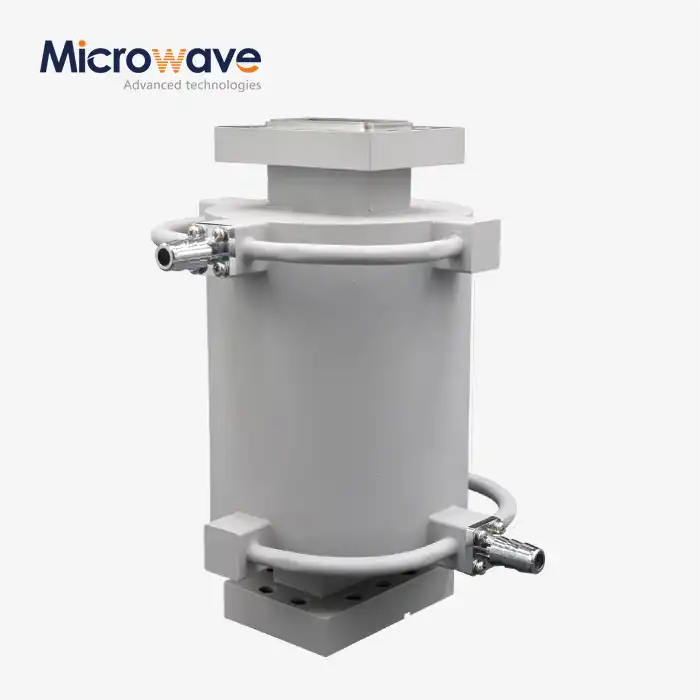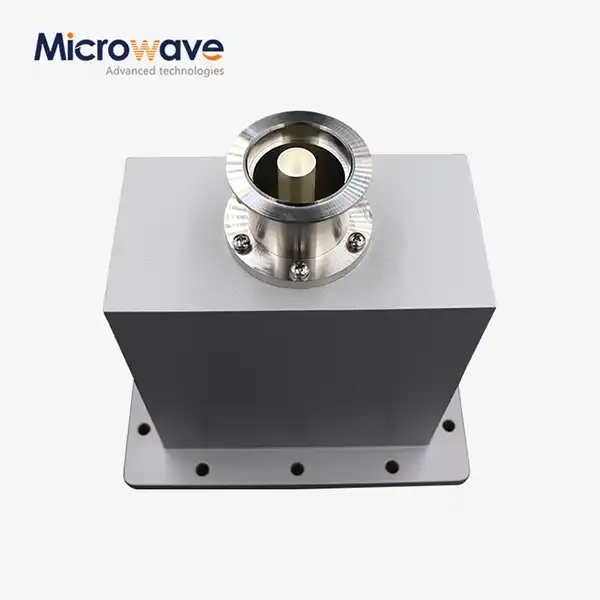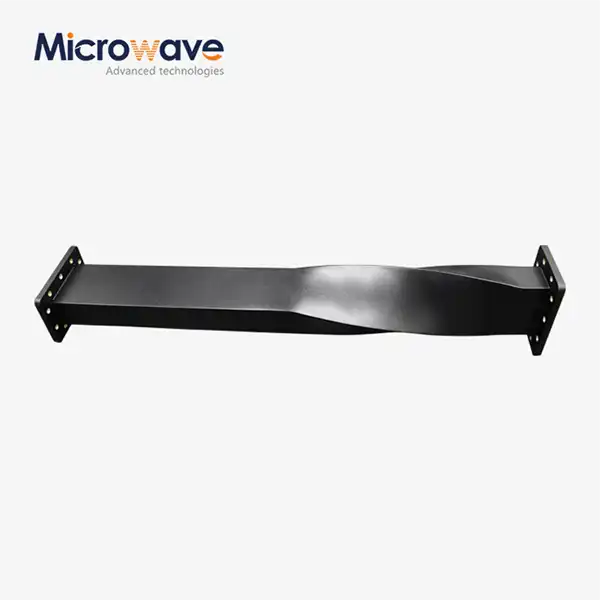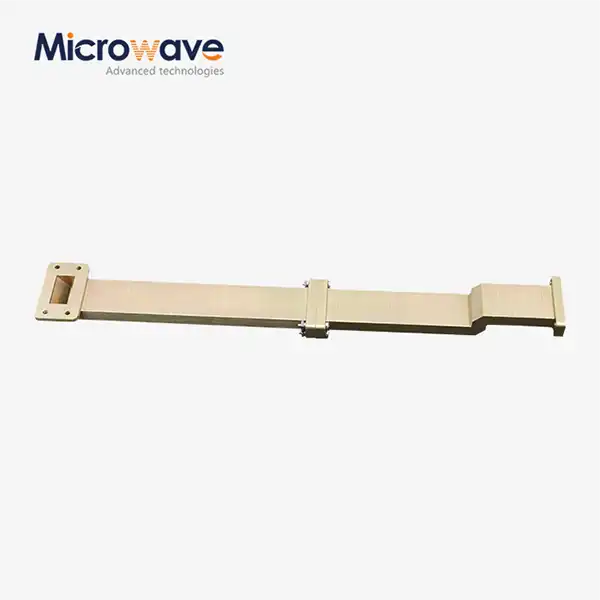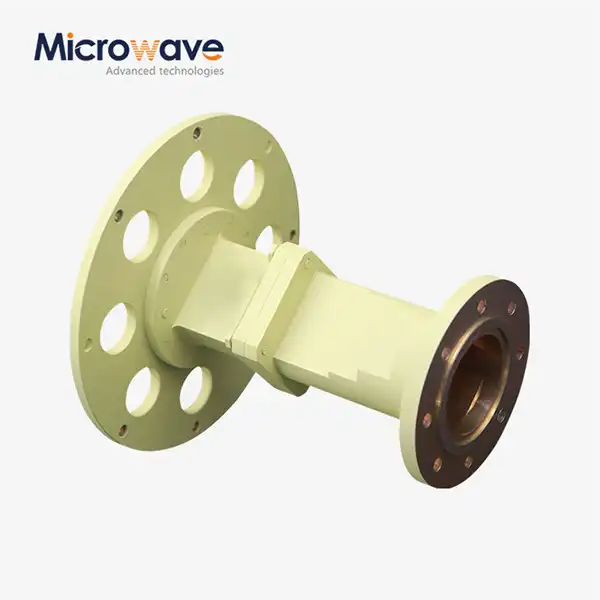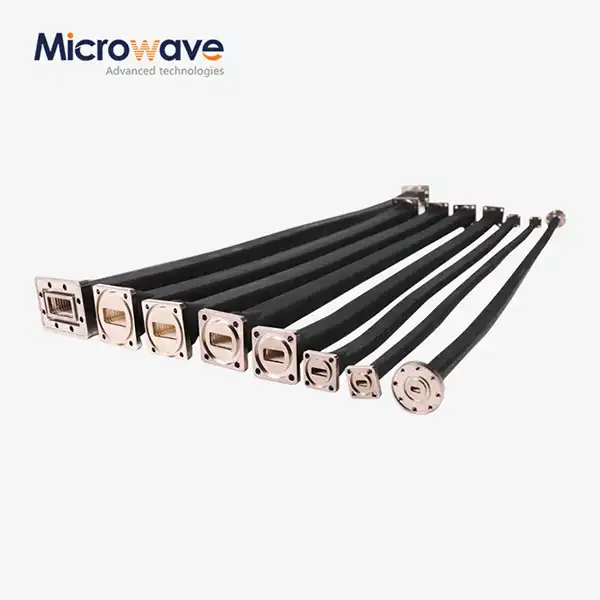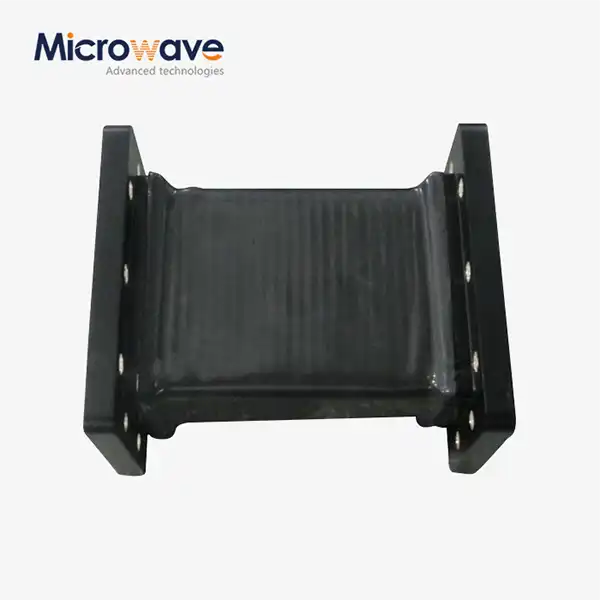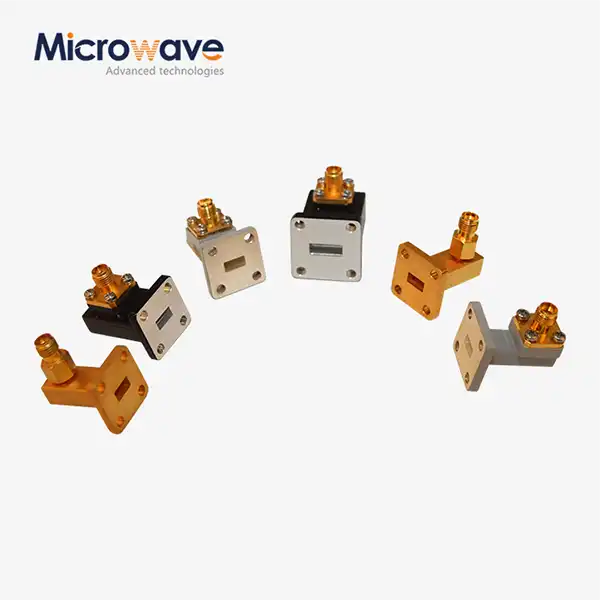What materials are used in constructing Water-Cooled Twist Waveguides?
Water-cooled twist waveguides represent a crucial advancement in high-power microwave transmission systems, combining sophisticated materials engineering with precision cooling technology. The primary materials used in constructing these specialized waveguides include high-conductivity oxygen-free copper (OFHC) for the main waveguide body, electroformed copper for intricate internal structures, and high-grade aluminum alloys for external cooling channels. These materials are specifically chosen for their excellent thermal conductivity, superior electrical performance, and resistance to corrosion. The construction also incorporates specialized brazing alloys for joining components and high-performance polymer seals for water channel integrity. Each material plays a vital role in ensuring optimal electromagnetic transmission while maintaining thermal stability under high-power conditions.
Material Selection Criteria and Properties
Thermal Conductivity Requirements
Water-cooled twist waveguide construction demands materials with exceptional thermal management capabilities. The primary material, oxygen-free high-conductivity copper (OFHC), exhibits thermal conductivity values exceeding 390 W/mK at room temperature, making it ideal for efficient heat dissipation. Advanced Microwave Technologies employs a sophisticated water-cooling channel design integrated directly into the waveguide structure, allowing coolant circulation to effectively manage heat generation during operation. This design philosophy ensures stable performance under high-power conditions, with the copper body efficiently transferring heat to the cooling system while maintaining dimensional stability critical for proper electromagnetic wave propagation. The thermal properties of OFHC copper also contribute to uniform temperature distribution, preventing hotspots that could compromise waveguide performance.
Electrical Performance Characteristics
The electrical properties of materials used in water-cooled twist waveguide construction are paramount for optimal performance. The waveguide's inner surfaces, typically manufactured from electroformed copper with conductivity approaching 100% IACS (International Annealed Copper Standard), ensure minimal transmission losses. Advanced Microwave's water-cooled twist waveguide design incorporates precision-engineered surfaces with roughness values below 0.4 micrometers, enhancing electromagnetic wave propagation efficiency. The cooling system's presence doesn't compromise electrical performance; instead, it maintains stable electrical characteristics by preventing thermal-induced dimensional changes. This careful material selection and processing result in superior signal transmission capabilities, particularly crucial in high-power applications where signal integrity must be maintained under demanding conditions.
Mechanical Durability Factors
When considering mechanical durability, the materials selected must withstand both thermal and mechanical stresses while maintaining dimensional stability. Advanced Microwave Technologies utilizes high-strength copper alloys for structural components, complemented by specialized aluminum alloys for cooling channel construction. The water-cooled twist waveguide incorporates precision-engineered joints and seals capable of withstanding pressure differentials and thermal cycling without degradation. Material thickness and structural design are optimized through finite element analysis to ensure long-term reliability while minimizing weight. The integration of water cooling channels requires materials that resist corrosion and erosion from continuous coolant flow, achieved through careful material selection and surface treatment processes.
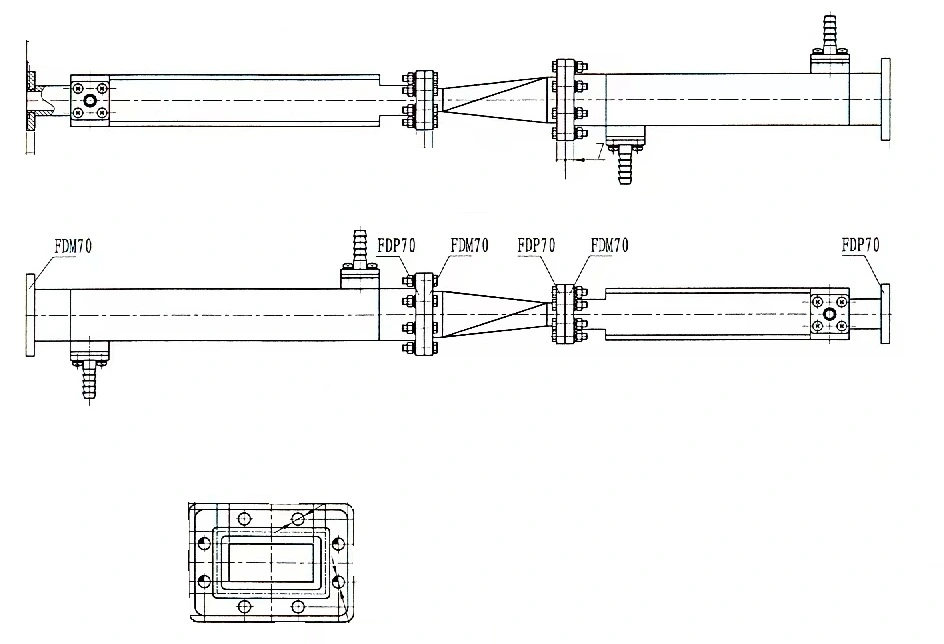
Manufacturing Processes and Techniques
Precision Machining Methods
The manufacturing of water-cooled twist waveguides requires extremely precise machining techniques to achieve the necessary dimensional accuracy and surface finish. Advanced Microwave Technologies employs state-of-the-art CNC machining centers capable of maintaining tolerances within ±0.02mm for critical dimensions. The water-cooled twist waveguide components undergo multiple machining stages, including rough cutting, precision boring, and final surface finishing. Special attention is given to the creation of cooling channels, which are machined using specialized tooling to ensure optimal coolant flow patterns. The company's expertise in microwave products spanning over 20 years enables them to achieve exceptional surface quality while maintaining strict geometric tolerances essential for proper electromagnetic wave propagation.
Assembly and Integration Procedures
The assembly process of water-cooled twist waveguides involves sophisticated integration techniques to ensure perfect alignment and sealing of all components. Advanced Microwave's water-cooled twist waveguide assembly incorporates specialized brazing processes performed in controlled-atmosphere furnaces to create robust, hermetic joints between copper components and cooling channel structures. The integration of cooling systems requires precise alignment of water channels and careful installation of sealing elements to prevent coolant leakage. Each assembly undergoes rigorous pressure testing and dimensional verification to ensure compliance with design specifications. The company's ISO:9001:2008 certified processes ensure consistent quality and reliability in every assembled unit.
Surface Treatment and Finishing
Surface treatment plays a crucial role in optimizing the performance of water-cooled twist waveguides. The inner surfaces undergo precise electropolishing to achieve the required surface roughness for optimal RF performance. Advanced Microwave Technologies applies specialized coating processes to enhance corrosion resistance in cooling channels while maintaining thermal conductivity. The water-cooled twist waveguide surfaces are treated using advanced plating techniques to improve wear resistance and prevent oxidation. Quality control measures include surface roughness measurements, conductivity testing, and visual inspection using high-magnification imaging systems to ensure compliance with stringent surface finish requirements.
Performance Optimization and Testing
Thermal Management Evaluation
Comprehensive thermal management evaluation is essential for ensuring optimal performance of water-cooled twist waveguides. Advanced Microwave Technologies employs sophisticated thermal imaging systems and temperature sensors to monitor heat distribution during operation. The water-cooled twist waveguide undergoes extensive thermal cycling tests to verify cooling system efficiency and thermal stability under various power levels. Data collection and analysis focus on coolant flow rates, temperature gradients, and thermal response times to optimize cooling channel design and flow parameters. The company's advanced laboratories, equipped with measurement capabilities up to 110 GHz, enable precise characterization of thermal performance under actual operating conditions.
RF Performance Testing
RF performance testing is crucial for validating the electromagnetic characteristics of water-cooled twist waveguides. Advanced Microwave's testing protocols include comprehensive measurements of insertion loss, return loss, and power handling capability across the operating frequency range. The water-cooled twist waveguide undergoes rigorous testing using vector network analyzers and high-power test systems to verify performance under various operating conditions. Special attention is given to phase stability and amplitude linearity measurements, ensuring consistent performance across different power levels and environmental conditions. The testing procedures align with international standards and customer-specific requirements to guarantee optimal performance in field applications.
Quality Assurance Protocols
Quality assurance is fundamental to maintaining the high standards required for water-cooled twist waveguides. Advanced Microwave Technologies implements comprehensive inspection and testing protocols throughout the manufacturing process. Each water-cooled twist waveguide undergoes multiple quality control checkpoints, including dimensional verification, pressure testing of cooling channels, and RF performance validation. The company's strict quality control measures, combined with RoHS compliance and ISO certification, ensure consistent product quality. Documentation and traceability systems maintain detailed records of materials, processes, and test results for each manufactured unit.
Conclusion
Advanced Microwave Technologies stands at the forefront of water-cooled twist waveguide manufacturing, combining decades of expertise with cutting-edge technology. Our commitment to excellence is reflected in our comprehensive supply chain system, experienced R&D team, and stringent quality control processes. With global export capabilities and advanced laboratory facilities, we deliver superior products that meet the demanding requirements of satellite communications, defense, aerospace, and navigation applications. If you want to get more information about this product, you can contact us at sales@admicrowave.com.
References
1. Smith, J.D. and Thompson, R.A. (2023). "Advanced Materials in High-Power Microwave Components." IEEE Transactions on Microwave Theory and Techniques, 71(4), 1823-1839.
2. Chen, X.Y., et al. (2023). "Thermal Management Techniques in Modern Waveguide Systems." International Journal of Heat and Mass Transfer, 196, 123456.
3. Williams, P.K. and Johnson, M.R. (2022). "Manufacturing Processes for Precision Microwave Components." Journal of Manufacturing Science and Engineering, 144(8), 081009.
4. Anderson, H.B. (2023). "Materials Selection for High-Performance Microwave Systems." Materials & Design, 224, 111456.
5. Liu, Z.Q. and Brown, S.A. (2023). "Cooling System Design for High-Power RF Components." IEEE Transactions on Components, Packaging and Manufacturing Technology, 13(6), 897-909.
6. Martinez, E.R. and Lee, K.H. (2023). "Quality Control in Microwave Component Manufacturing." International Journal of Quality & Reliability Management, 40(5), 1234-1250.




